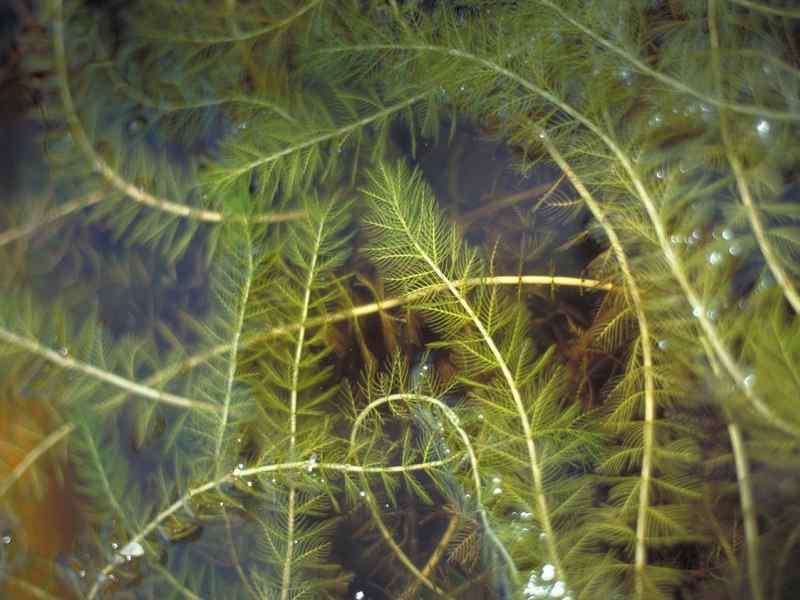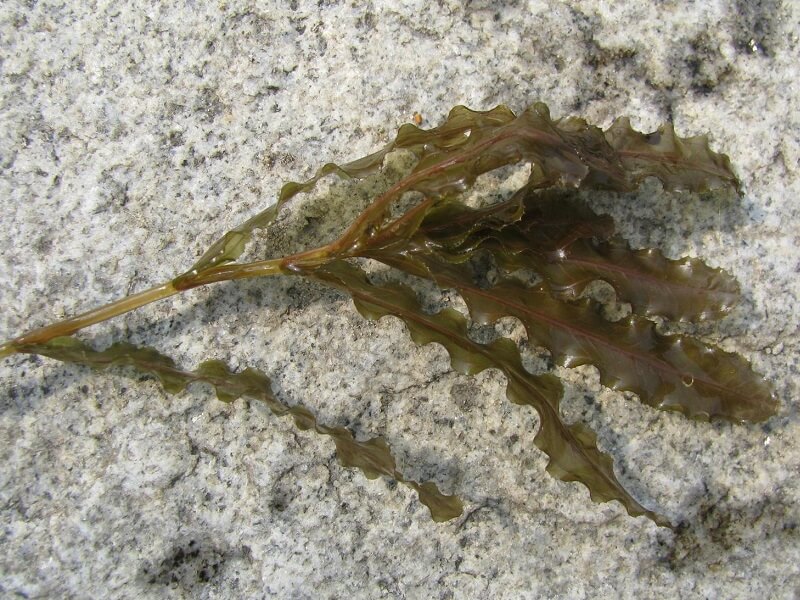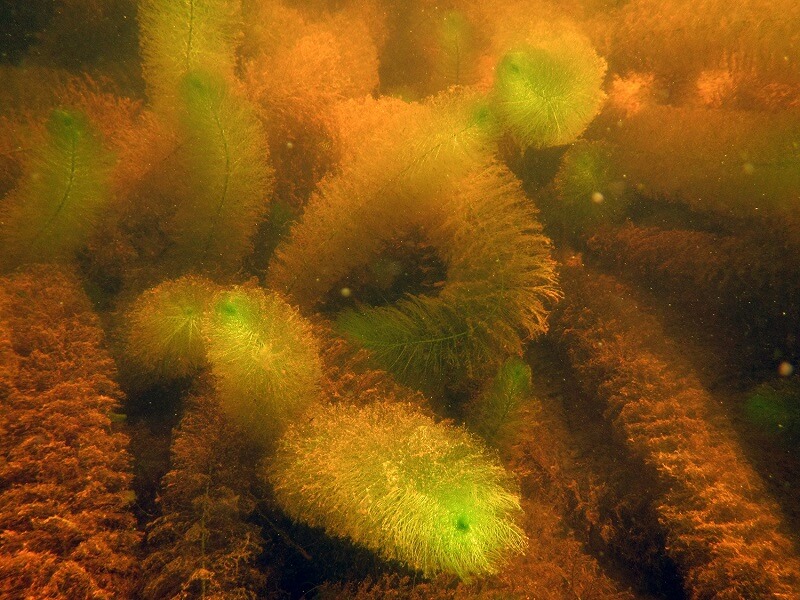What are invasive species, and what can we do about them?
The PLPA recently created an Aquatic Invasive Species Committee to research invasive species, which are becoming a greater threat to natural plant and animal life on Adirondack Lakes. Some Invasive Species have already been identified in Peck’s Lake waters.
The Committee will be looking for volunteers this summer to help survey the lake. If you’d like to help click the link below. It will take you to the Contact page where you can send an email. In the Message section let us know you’d like to Volunteer for the Invasive Species Committee. Make sure you include all your contact information.



Invasive Species Committee
At the January 2023 Board meeting the PLPA Board unanimously approved the creation of a new committee to research the growing (literally) problem of invasive species, and learn what we can do to prevent further infestation at the lake. The committee will also be researching available remediation options to remove or reduce invasive species that have already been identified. Donna Coffey has graciously agreed to chair the committee.
Working with the Adirondack Park Invasive Plant Program (APIPP), the Invasive Species Committee (ISC) and the APIPP have come up with an Invasive Species Adaptive Management Plan specifically for Peck’s Lake. Many thanks to Invasive Species Chair Donna Coffey, Committee members Fred Greenberg, Kathleen Perrott, Tom Bielli, Bob Kossowsky, Lorrie Mott, Ellen Greenberg, John Blaum, Karen Jones, Lou Decunzo and Peck family representatives Albee Peck and Tammy Warner. Thanks also to Brian Greene of the AIPPP for his invaluable assistance.
In 2021 Adirondack Research (adkres.org), a not -for-profit organization that “monitors, assesses, and manages invasive species” completed an Adirondack Aquatic Invasive Species Early Detection Survey for Peck’s Lake. That survey found “Dense beds of Microphyll spicatum (Eurasian watermilfoil)…in the southern end of the lake and central areas in small bays.” A cause for concern. Our neighbors at Caroga Lake, for example, have been battling invasive plant species for some time now, and are presently considering using chemicals to destroy and/or slow the spread of invasives. By being vigilant and proactive, we are hoping to stem the spread of invasives here at Peck’s Lake before we have to resort to more dramatic measures.
In July 2023 the ISC invited Brian Greene to Peck’s Lake for an updated assessment and to educate ISC members on how to identify invasive species. “The really good news,” ISC Chair Donna Coffey told the PLPA Board, “is that Brian found no evidence of Eurasian Watermilfoil. We visited the sights where it was reported in 2021 at both ends of the lake and Beaver Bay and it was not present.” That is good news. However, Donna cautioned, “We do have variable-leaf watermilfoil which is also invasive but not nearly to the extent that the Eurasia Watermilfoil is. The area of the lake with the largest concentration is the little bay next to Beaver Bay. It is very thick in there and Brian was able to 100 percent identify it by the flowers poking out of the water. It is an area of concern.”
Donna reported that “Brian feels we need to be vigilant in keeping invasive plants such as Eurasian Watermilfoil out of the lake through our clean, drain, dry education. We also need to set up a monitoring system around the lake such as the lake protector program.”
So please, if you bring your boat, kayak, canoe, even your fishing gear, from another lake, make sure you follow the Clean Drain Dry protocol.
- Clean– After each trip, inspect your boat, trailer and anything else that came in contact with water (buoys, anchors, ropes, etc.) for attached mud, plants and debris. Remove and dispose of anything found.
- Drain– Identify any standing water in boat compartments, bilge tanks, motors or live wells and drain the water from them.
- Dry– Let your gear and equipment dry completely for at least 48 hours, but ideally five days, before your next trip. For canoes and kayaks, you can also towel dry.
For a printable version of the Peck’s Lake Aquatic Invasive Species Adaptive Management Plan, with a map of where invasive species have been identified in the lake, click the link below. To download a copy, click the “Download” button.
Peck’s Lake Aquatic Invasive Species Adaptive Management Plan
January 2024 Version 1.0
The Peck’s Lake Protective Association (PLPA) is the local organization working on the stewardship of Peck’s Lake. Starting in 2021 the PLPA has been in communication with the Adirondack Park Invasive Plant Program (APIPP) about aquatic invasive species issues. Peck’s Lake has two aquatic invasive species (AIS) documented in the lake. The invasive zooplankton spiny waterflea (Bythotrephes longimanus) was reported in 2009 and the invasive plant variable leaf milfoil (Myriophyllum heterophyllum) was reported in 2015. APIPP is working with the PLPA to help create and implement this AIS adaptive management to give the association a document that they can use as a guide to plan and implement actions.
Goals
- Continue annual efforts on prevention outreach and making sure everyone follows clean, drain, dry procedures to prevent the spread of spiny waterflea to other waterbodies and prevent new species from being introduced to Peck’s Lake.
- Conduct annual early detection monitoring to be on the lookout for potential AIS introductions and to catch any while the populations are still low in abundance.
- Monitor select areas of Peck’s Lake with variable leaf milfoil for a three to five year period to assess the trends in abundance and spread to inform future decisions.
Objectives and action steps
The three main objectives that will help the PLPA meet their goals.
- Prevent AIS introductions to Peck’s Lake due to educational and outreach efforts that let lake association members and visitors know what steps they can take to prevent the spread of AIS. Prevention follows the old adage, “an ounce of prevention is worth a pound of cure.”
- PLPA will ask that all members and visitors follow the Clean, Drain, Dry (CDD) principles for any boats or equipment that enter or leave the lake.
- PLPA will have regular educational updates in newsletters, emails, and social media about the importance of following CDD and how to take easy steps to follow CDD. The association will encourage members to talk to their friends and neighbors about the importance of CDD.
- Work with the marina to ensure that boats launched in the lake have been decontaminated before entering Peck’s Lake if they have been in another waterbody in the past 14 days.
- Monitoring for early detection of AIS. The goal is to prevent AIS from being introduced to Peck’s Lake, but if a species does get in we want to detect it early to increase the likelihood of successful management and reduce the cost of management.
- PLPA will encourage members to annually participate in APIPP’s Lake Protector program that trains volunteers how to identify and report AIS.
- Monitoring variable leaf milfoil abundance and locations in select bays.
- PLPA will form a small group to work with APIPP and follow the Lake Management Tracker Program. Volunteers will be trained to monitor set locations once a year (August/September) and track trends over time. [Subject to approval of PLPA Board]
Monitoring
It is critical to monitor the activities done and the condition of the lake in quantitative ways so that we can compare data from year to year and make decisions on how to manage the lake.
- Prevention efforts and outreach – Keep track of the outreach that the PLPA does to inform members and visitors about clean, drain, dry approaches.
- Key indicators – Number of stories in the newsletters/social media about CDD.
- Early detection monitoring – Keep track of the early detection efforts and the results of the surveys.
- Key indicators – Number of volunteers monitoring, number of surveys, percent/area of lake covered, number of new AIS observations.
- Monitoring variable leaf milfoil abundance – A yearly survey of the invaded bays will keep track of the amount and locations of variable leaf milfoil.
- Key indicators – Number/percent of monitoring locations with invasive species, the abundance of invasive species, change over time of data.
Review and adjust
Every November/December the PLPA and APIPP will review the results of the prevention outreach and monitoring and revisit if this plan needs to be updated. Updated adaptive management plans will be tracked as different versions and shared with all members of the PLPA.
Map of invasive species observations from Oct. 2023 in www.imapinvasives.org